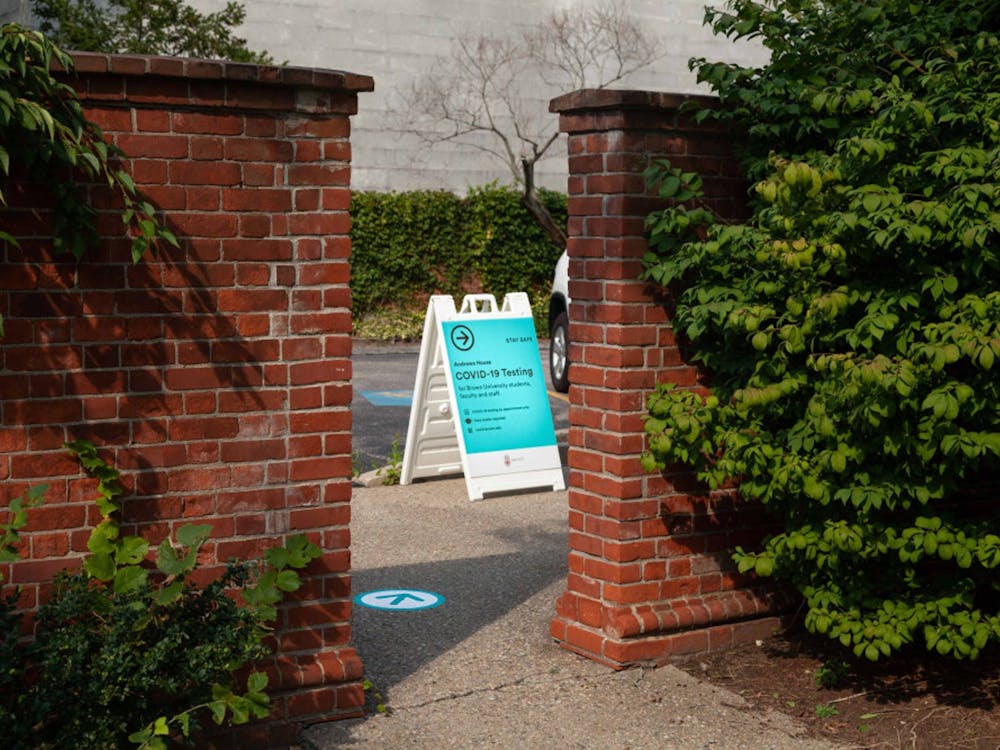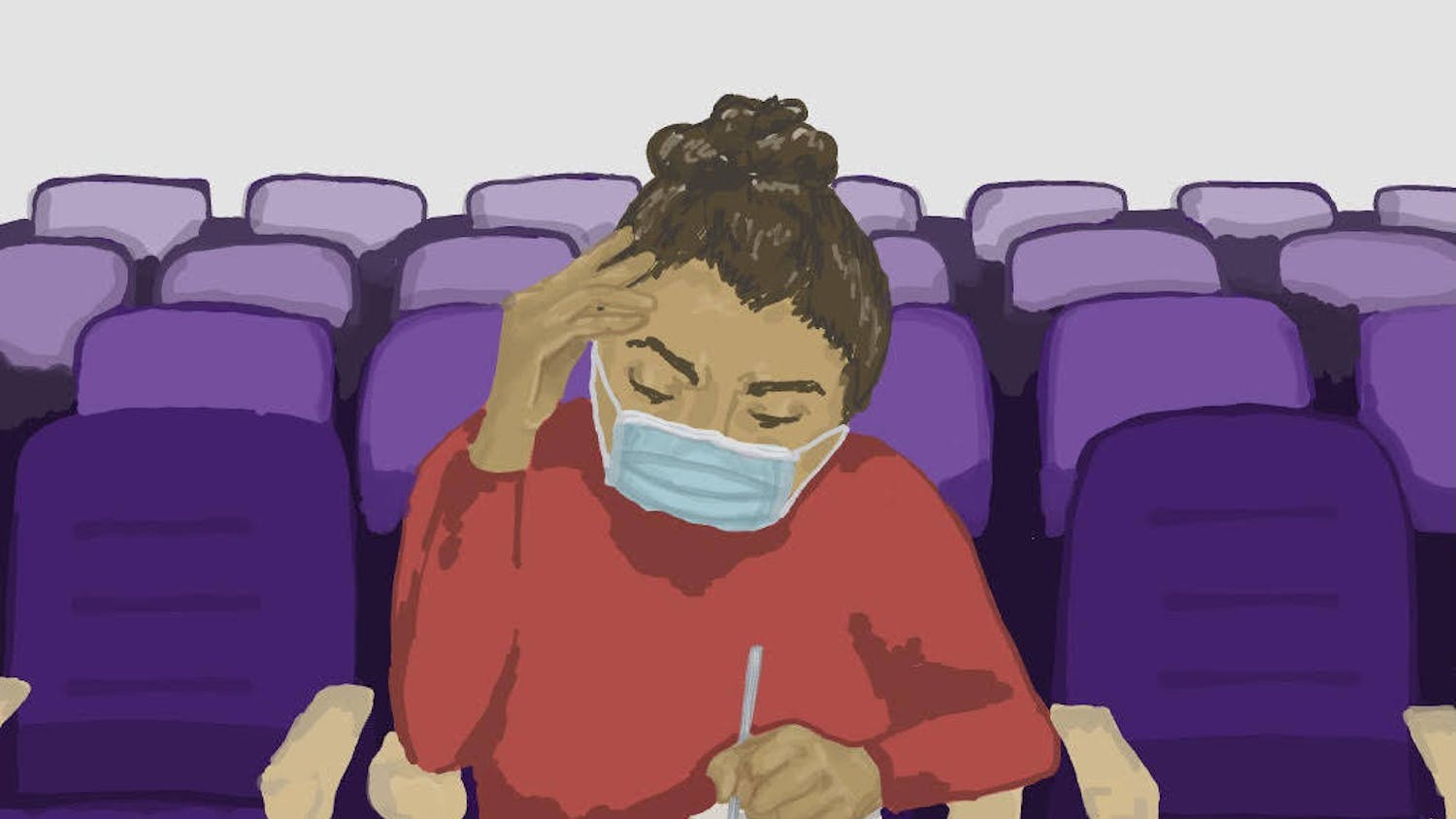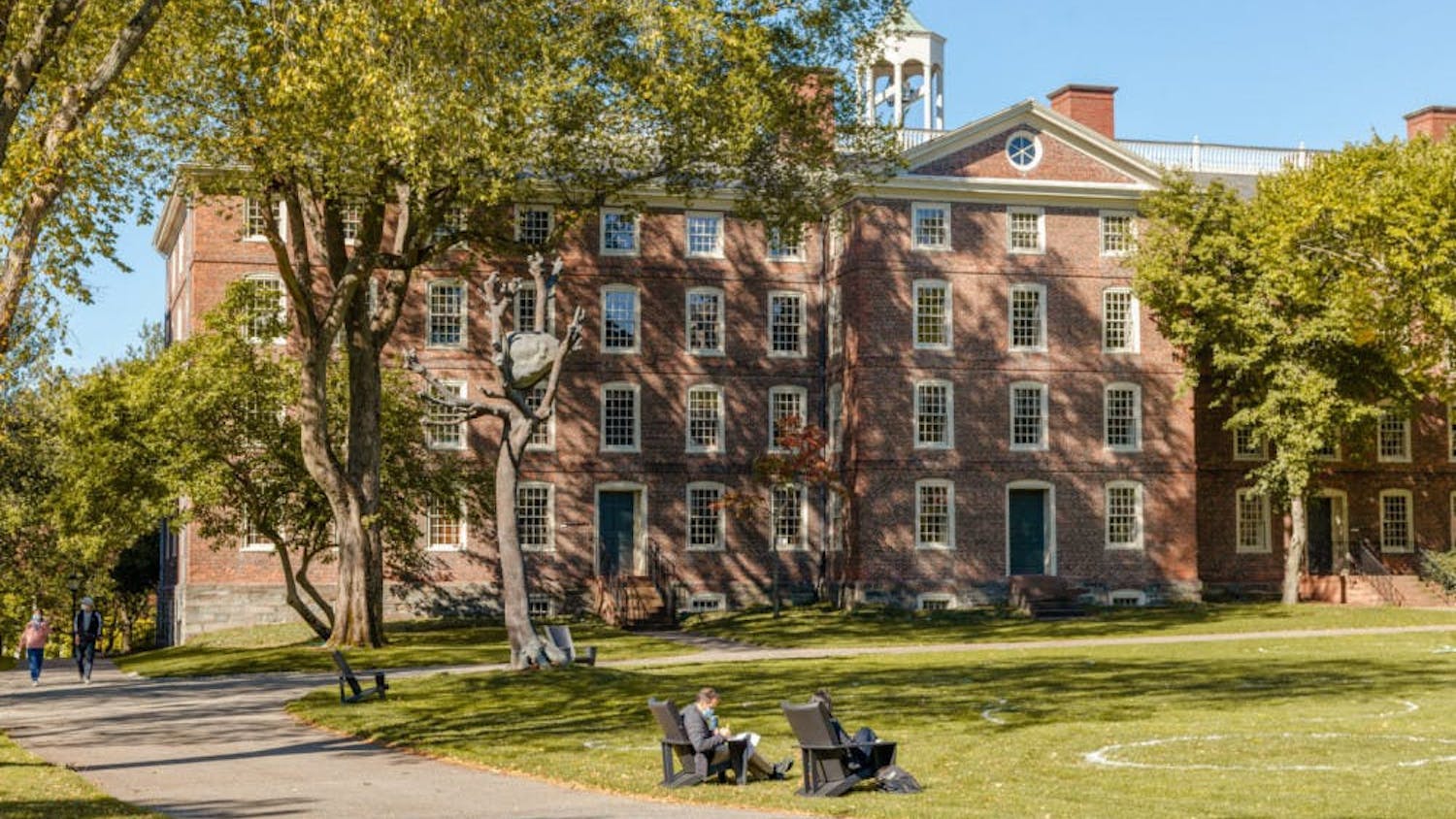When Brown announced Nov. 4 that the hours and operations of on-campus COVID-19 testing sites would be reduced, testing center employees were left questioning what the transition would mean for their positions. The change follows the University’s Oct. 25 transition to optional testing for fully vaccinated community members on campus, The Herald previously reported.
Although the change to testing sites represents a step toward a return to normal for the campus community, some testing center employees felt hesitant about the decision and worried about its implications for the future of their work at the University.
Testing center employees were notified of the changes to the sites’ hours and operations “just about 24 hours” before the student body was notified, according to Adam Hutchins, a testing center employee and teaching assistant in the Department of Visual Art. Multiple employees said they were told the testing centers would begin offering employees 11- to 12-hour shifts, in addition to shorter morning and afternoon shifts that have been offered throughout the semester.
The University’s testing program is staffed and operated by Advanced Clinical, an external company, with the contract for testing overseen by Verily, another separate company. As a result, Executive Vice President for Planning and Policy Russell Carey ’91 MA’06 told The Herald, any changes affecting testing center staff would be overseen externally by Advanced Clinical and Verily, rather than by the University itself.
“I’m expecting no support from the University, as I’m not employed by the University,” Thomas O’Neill ’24, a testing center employee, said.
O’Neill said testing site employees received an email from Advanced Clinical detailing how employees would be affected by the University changes. O’Neill said that he is “personally disappointed” by the University’s switch to reduced testing because it is likely to decrease the number of hours he can work.
The email “stated that they are going to be cutting the number of employees that are present at the testing locations, and that’s based on seniority … and their availability as well,” he said.
But O’Neill noted that given the decrease in shifts, “it doesn’t seem that it’s going to be likely” he will receive consistent work. He added that 12-hour shifts are more frequently available than shorter shifts because of demand, but that these longer shifts are harder for student employees to pick up due to class schedule conflicts.
As the testing sites continue to reduce operations, employees are now having to look for other avenues of work. Even bearing in mind the temporary nature of the University’s testing centers, employees noted that the abrupt announcement left them feeling blindsided and unprepared for finding new work.
“I have to figure out something else for a job,” O’Neill said.
Since testing site work is many of the employees’ sole source of income, they will have to scramble to find other work and keep up with responsibilities such as “rent, mortgage and families,” Hutchins added. According to Hutchins, some employees became emotional upon learning that there would be new scheduling requirements.
The University scaled back its testing operations due to a continued low COVID-19 positivity rate within its asymptomatic testing program as well as the overall cost for operating the program. President Christina Paxson P’19 noted in an Oct. 4 faculty meeting that the testing program cost the University nearly $1 million per week, The Herald previously reported.
Following the transition, the rate of employee participation in optional testing dropped to 25%, and the rate of student participation dropped to just 20%, according to Carey. “We’re really trying to align ourselves with (Centers for Disease Control and Prevention) guidance which is that people who are vaccinated don’t need to be in asymptomatic testing,” Carey said. “We wanted to make this change as soon as we could, but waited until we had data supporting that it would be prudent to do so.”
“This is a sign that testing is tapering. It is a good sign for everyone that we are moving in the right direction, and it is a return to normalcy we were all used to,” said Allison Spain, a testing center site lead. The University administrators are “making the best decisions they can with the information they have.”
Spain understood that her contract at the testing center was temporary and had the attitude that it “could end at any time.” She added that she feels lucky she was able to hold the position for such an extended period of time.
“Case rates are driving the decisions, and unfortunately, there is not a lot of lead time on that,” Spain said.
O’Neill said he was happy to learn about the lowered infection rates on campus and in Providence. “It really makes me feel like (the pandemic) is nearing an end, which is exciting,” he said.
But Hutchins cautioned that there could still be a spike in cases, and said he hopes the University is aware of that possibility.
“I feel like we’re not out of the woods yet,” Hutchins said.




